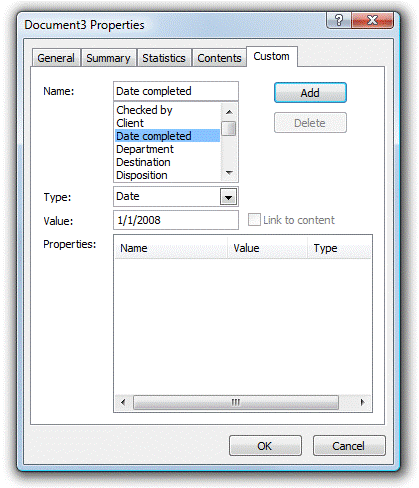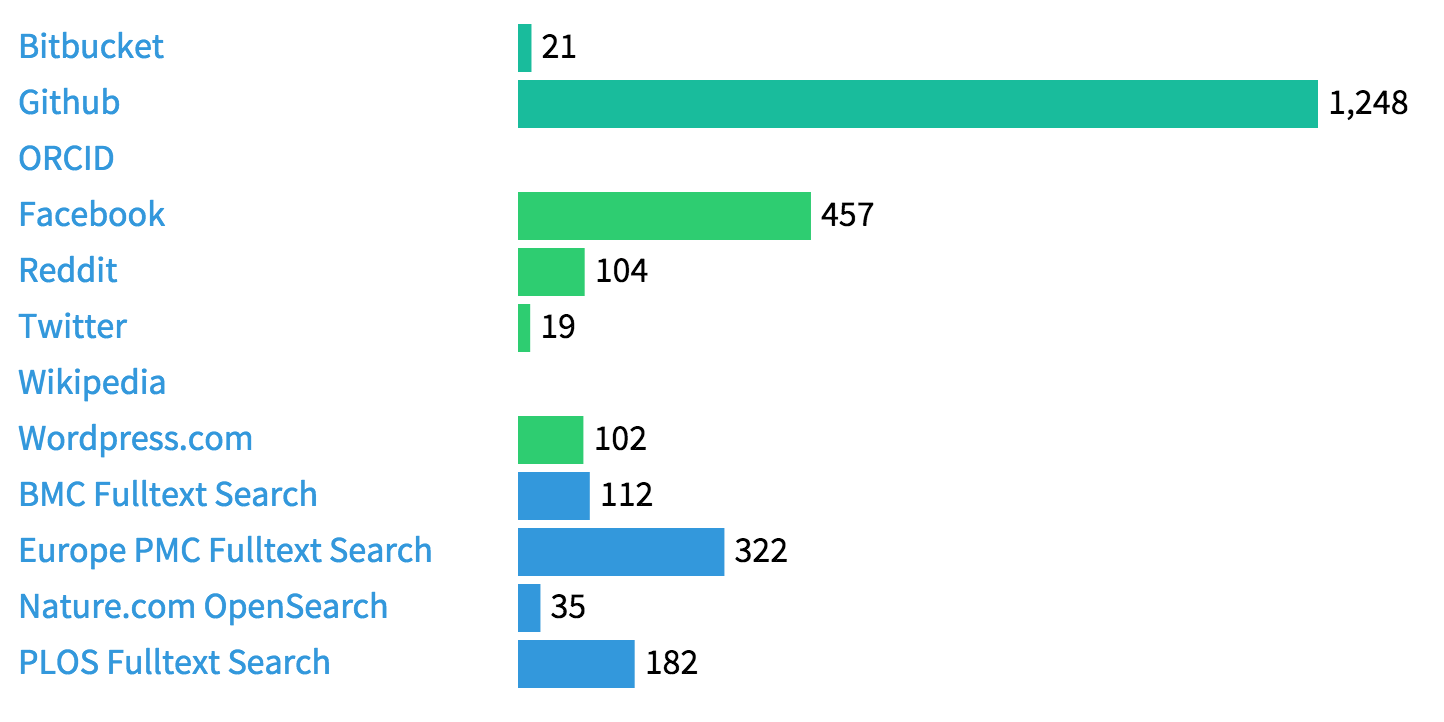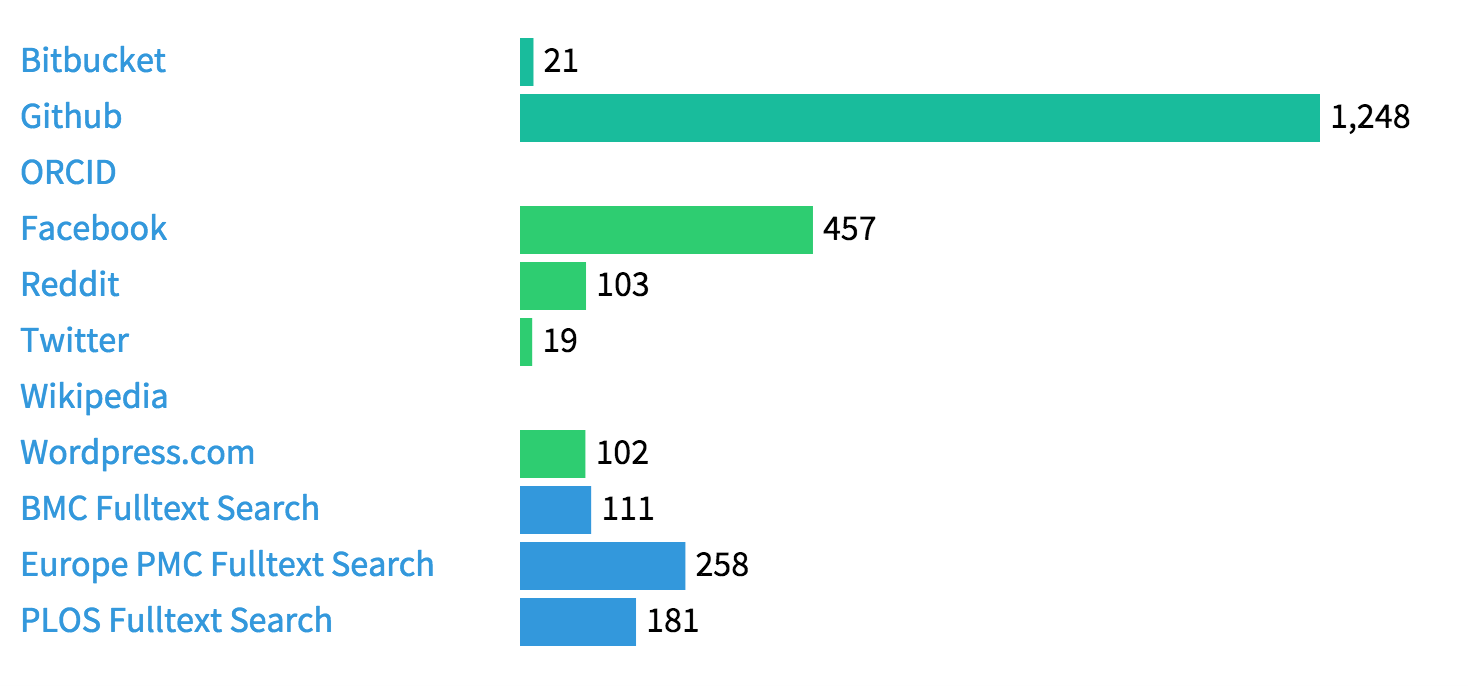Four years ago I wrote a blog post about component DOIs. It is time to revisit the topic, in particular since our approach to citing data associated with a publication has changed since 2011. Component DOIs are explained in the CrossRef Help System: Component DOIs are DOIs, i.e. persistent identifiers that link directly to the resource in question, e.g. a figure in a publication.

At the SciFoo Camp this weekend Erin McKiernan and I moderated an unconference session on the topic Why should we work where we live? This was a spontaneous idea after we had talked about this topic on Friday (Erin lives in Mexico with a job in Canada, I live in Germany and work for an organization in San Francisco). We quickly realized that this situation is far from uncommon in the space we work in (science and science
Just like the rest of the internet, much of our scholarly infrastructure is built around the Hypertext Transfer Protocol (HTTP), increasingly HTTPS for security, and soon HTTP/2 for better performance. In this infrastructure Universal Resource Locators (URLs) are essential to locate resources (sic) such as scholarly articles, datasets, researchers, organizations, or grants.
Yesterday Julie McMurry and co-authors published a preprint 10 Simple rules for design, provision, and reuse of persistent identifiers for life science data . This is an important paper trying to address a fundamental problem: how can we make persistent identifiers both human-readable and machine-readable?
Using Markdown to author scholarly documents is an attractive alternative to the standard authoring tools Microsoft Word and LaTeX. The feeling shared by many is that Scholarly Markdown is 80% there, and that more effort is needed for the remaining 20% - moving markdown from a niche into the mainstream.

This blog has been on four different platforms since starting in 2007: a custom blogging engine and then Movable Type on Nature Network 2007-2010, Wordpress on the PLOS Blogs Network 2010-2013, and the static blogging engine Jekyll hosted on Github Pages since 2013. It might be time for yet another blogging platform change.

Metadata such as author, title, journal or persistent identifier are essential for scholarly documents, and some of us are spending a significant part of our time adding or fixing metadata. Unfortunately we sometimes don’t pay enough attention to the flow of metadata, i.e. we ignore already existing metadata, or reinvent the wheel in how we describe or store them. Storing metadata in text-based formats is usually straightforward.

Last week I wrote about software.lagotto.io, an instance of the lagotto open source software collecting metrics for the about 1,400 software repositories included in Sciencetoolbox. In this post I want to report the first results analyzing the data. If you want to follow along, please go to https://github.com/mfenner/software-analysis, this repository holds all the data, as well as the R code used for analysis.

The iTunes Store was opened by Apple in 2003 to sell digital music and other digital assets. Since 2009 music purchased in the iTunes store is free of Digital Rights Management (DRM). Apple became the largest music vendor worldwide in 2010, and by 2013 had sold 25 billion songs. Scholarly articles are distributed almost exclusively in digital form.

One of the challenges of collecting metrics for scholarly outputs is persistent identifiers. For journal articles the Digital Object Identifier (DOI) has become the de-facto standard, other popular identifiers are the pmid from PubMed, the identifiers used by Scopus and Web of Science, and the arxiv ID for ArXiV preprints. For other research outputs the picture is less clear.